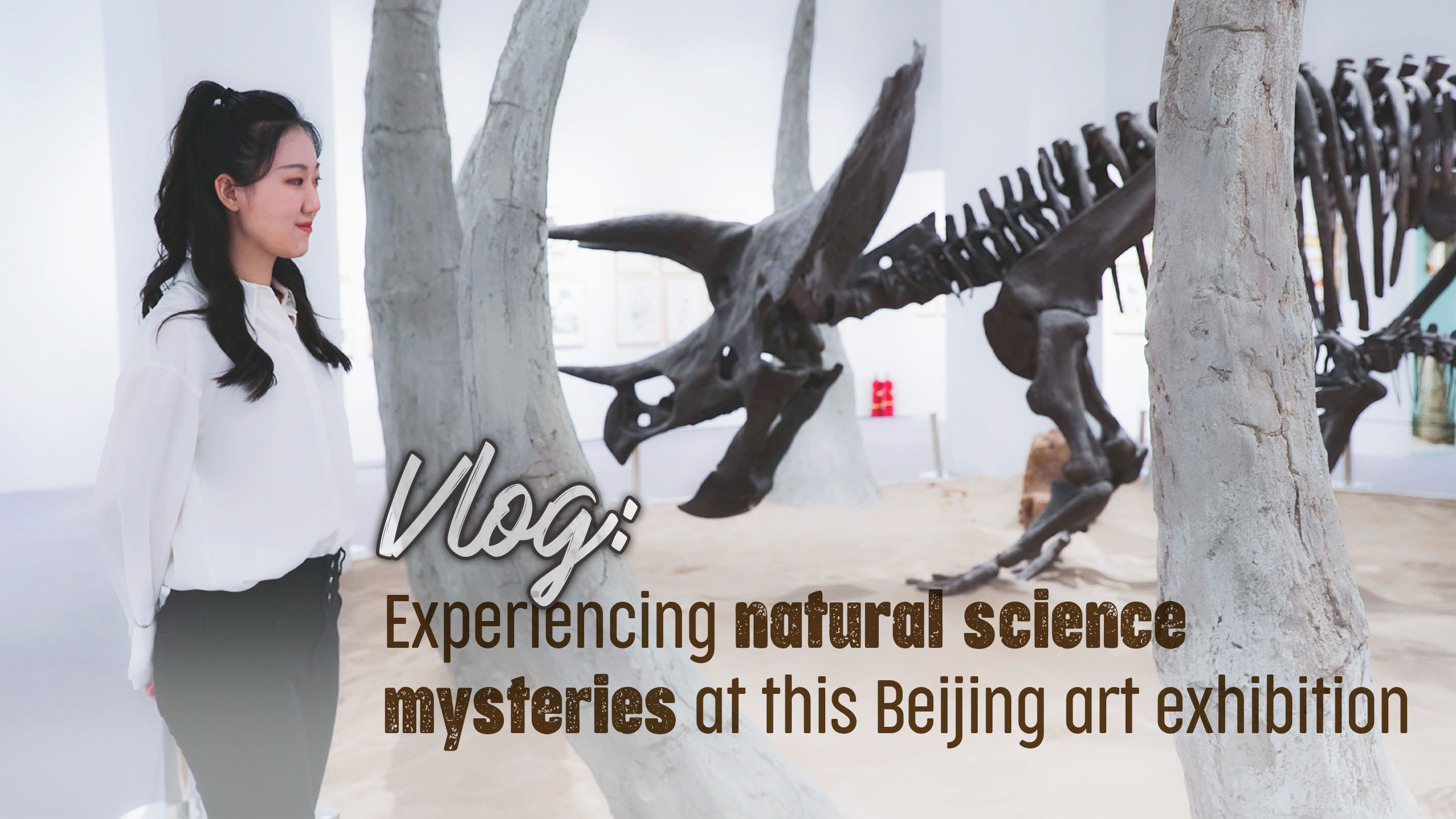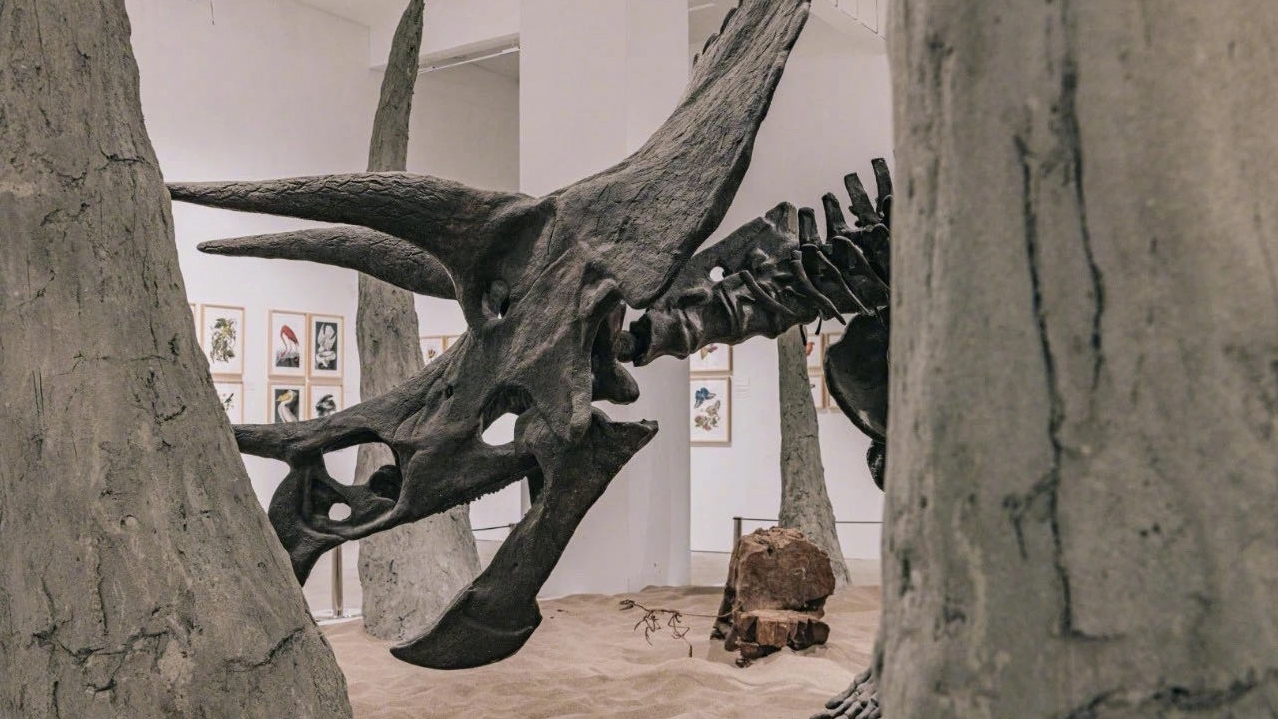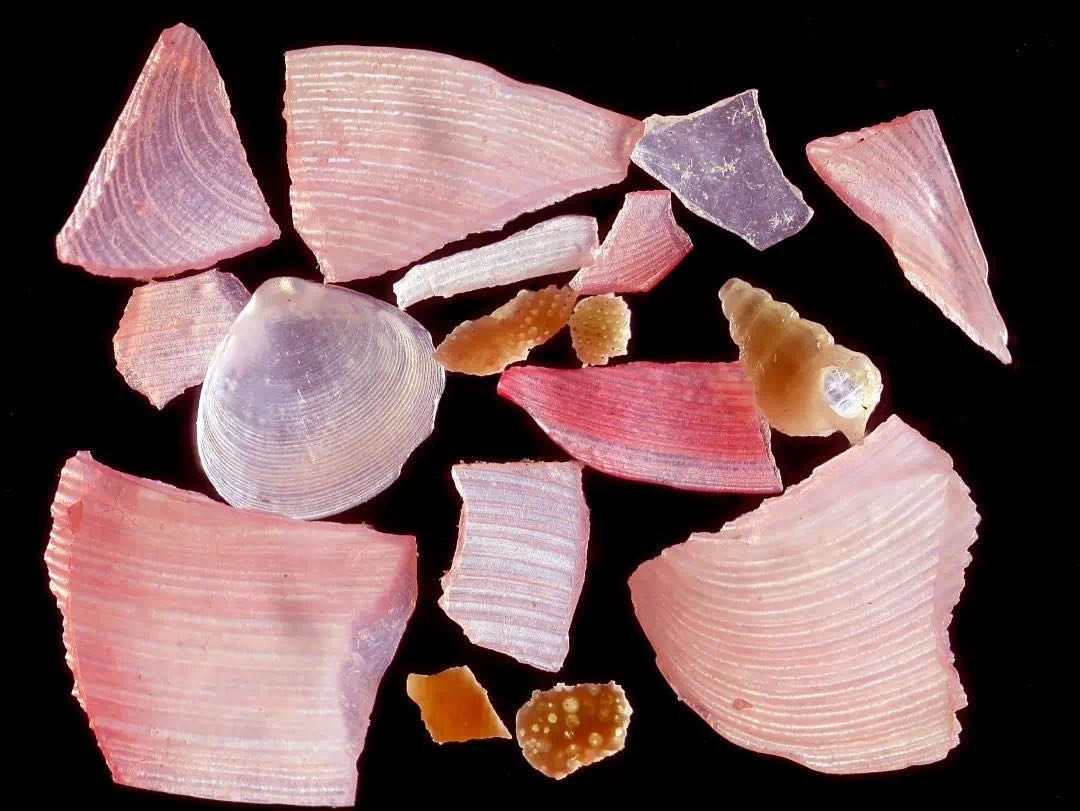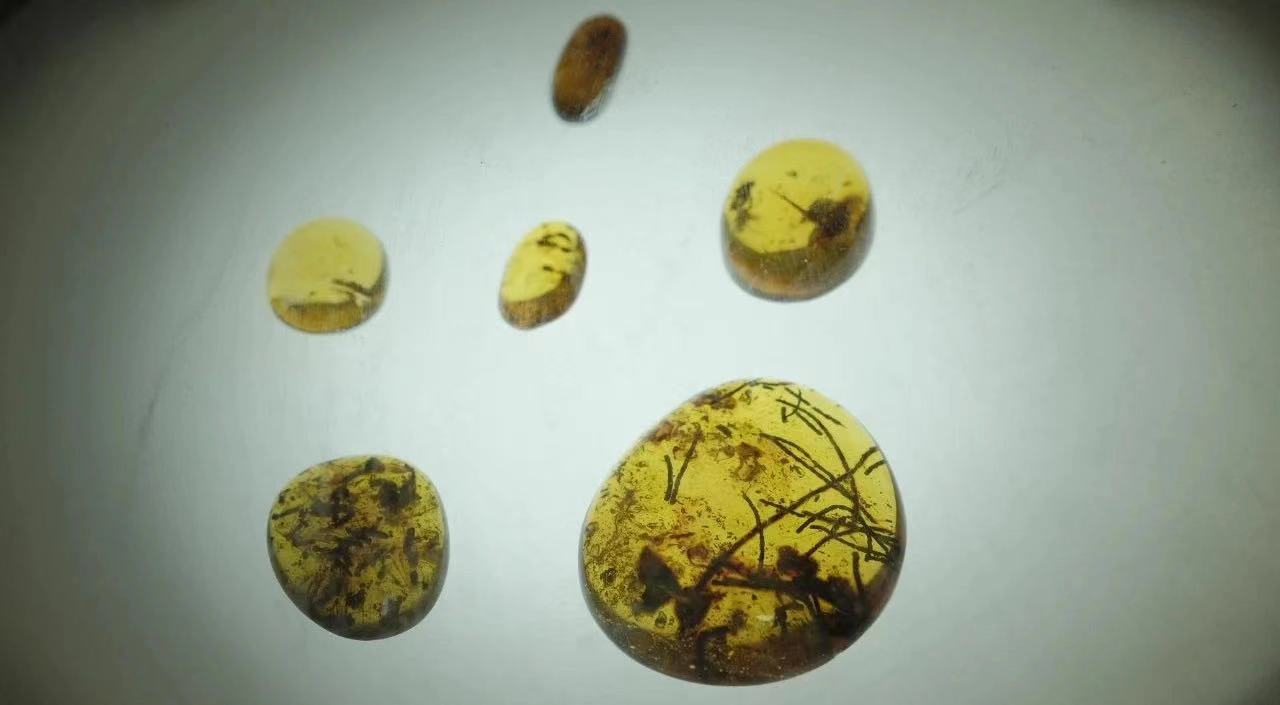05:15

Chances are your knowledge about dinosaurs, fossils and the natural world comes from books and documentaries. But what if you could see an eight-meter-long dinosaur skeleton in person or explore mineral fragments under the microscope?
At the newest exhibition at the IOMA Art Center in Beijing, you can rewind the hands of the clock back to a time when giant but not-always-gentle beasts roamed the land and take a dive into oceans' depths in one afternoon.
"Diversity: Nature History Exhibition on Arts of Nature and Science," which opened on April 23, fuses technology and art to offer an insightful picture of the world that we live in but of which we know so little.
It features more than 2,000 art pieces including paintings, installations, rare amber samples and shells that give visitors a crash course in natural sciences through the power of art.

The skeleton of Triceratops. /IOMA Art Center
The skeleton of Triceratops. /IOMA Art Center
On the first floor of the show, three life-size replicas of dinosaur skeletons are on display.
One belongs to an Allosaurus, a predator similar to a T Rex with scary knifelike teeth and an even more chilling reputation. Another is for a Triceratops, a plant-eating beast with a beak-like mouth and a three-horned face that inspired its Latin name. And the third is for a four-winged Microraptor, the smallest of all carnivorous dinosaurs, which was first discovered in China's Liaoning Province. The exhibits are a rare opportunity for dinosaur fans to examine these extinct animals up close.

The remains of a shell under the magnifying glass. /IOMA Art Center
The remains of a shell under the magnifying glass. /IOMA Art Center
The same floor also features more than 150 natural history illustrations presenting the changes in human cognition of nature, including marine organisms, plants, birds and insects, in an artistic way. Such paintings depict the beauty of the subjects but perhaps more importantly pay close attention to their realistic representation – the perfect crystallization of science and art.
Fifty extremely valuable samples of amber are also on show, freezing living organisms in time so visitors can better appreciate life from hundreds of millions of years ago. These transparent gems offer a wealth of information about the animals trapped within their jellified content as well as the period to which they belong.

The amber pieces in the exhibition room. /IOMA Art Center
The amber pieces in the exhibition room. /IOMA Art Center
The show isn't only interested in life on land, but also offers glimpses from what lurks under the water.
Blackwater photography refers to the practice of taking pictures of diving in deep, almost bottomless, water to capture a brimming life far below the surface.
A collection of more than 1,000 blackwater photographs and more than 20 deep-sea videos in the exhibitions allow people to discover new underwater worlds as well as mysterious and at times alien-looking creatures. The sounds collected from these dives echo in the exhibition hall for a truly immersive experience.
The exhibition will run until September 5, 2021.
Reporter: Guo Meiping
Scriptwriter: Guo Meiping, Ye Qing
Videographer: Hu Hanpeng
Video editor: Ye Qing

